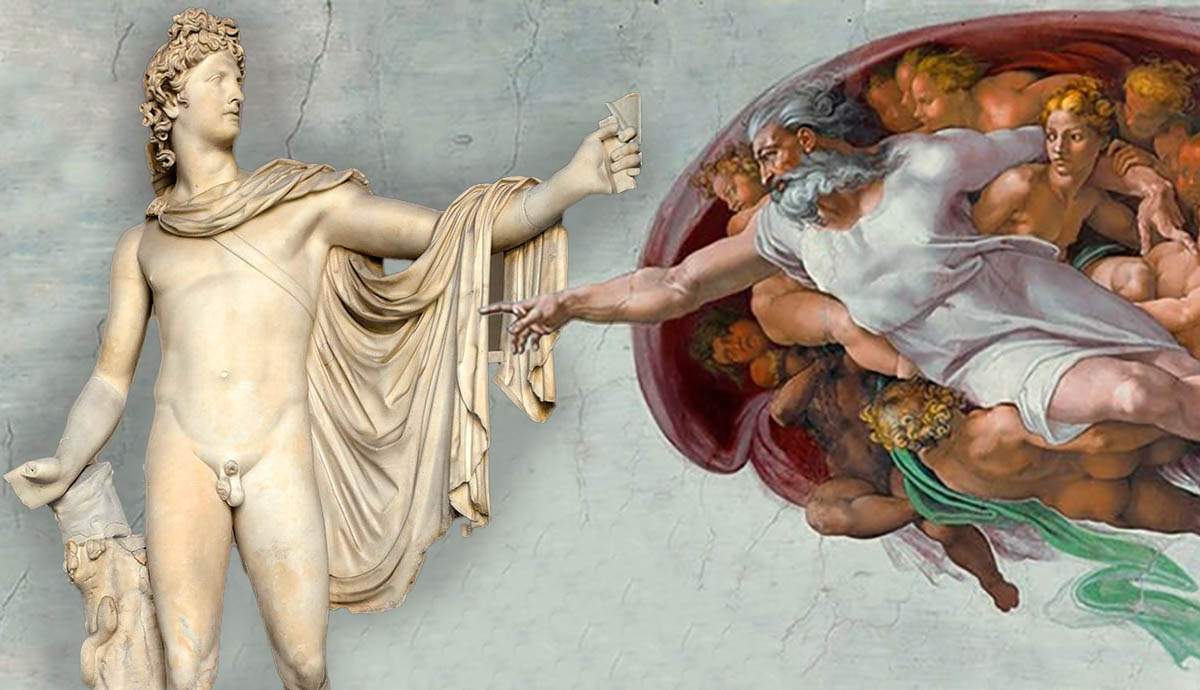In the ever-evolving landscape of contemporary art, a fascinating trend has emerged—one that looks to the past to shape the future. The influence of classical art on modern painting has become a significant and captivating force, as artists seek inspiration from the timeless techniques and themes that have defined the art world for centuries.
Classical art, with its emphasis on harmony, balance, and a meticulous approach to detail, provides a rich tapestry for modern painters to draw upon. The revival of classical techniques doesn’t imply a mere duplication of historical works; instead, it involves a reinterpretation and integration of classical principles into the context of the present.
One of the key aspects of this revival is the exploration of classical themes in contemporary settings. Artists are delving into mythological narratives, historical events, and allegorical subjects, infusing them with a modern perspective. This fusion creates a dialogue between the past and the present, allowing viewers to engage with familiar themes in a new and thought-provoking light.
Technically, the influence of classical art is evident in the meticulous attention to detail, the use of traditional mediums, and the emphasis on skillful draftsmanship. Many contemporary painters are embracing the challenge of mastering classical techniques such as chiaroscuro, sfumato, and glazing. This commitment to craftsmanship not only pays homage to the masters of the past but also adds a layer of depth and sophistication to the artwork.
Moreover, the influence of classical sculpture and architecture is making a notable appearance in modern paintings. The human form, as celebrated by the classical sculptors, becomes a focal point in many contemporary pieces. The exploration of anatomy, proportion, and the expressive potential of the human figure showcases a return to the classical ideals of beauty and form.
The revival of tradition in modern painting is not merely a nostalgic homage but a deliberate choice to connect with the timeless principles that underpin artistic expression. It challenges the often rapid and disposable nature of contemporary art, inviting viewers to slow down and engage with the layers of meaning embedded in each stroke and composition.
In conclusion, the influence of classical art in modern painting represents a compelling fusion of tradition and innovation. It breathes new life into age-old techniques and themes, offering artists a rich source of inspiration and viewers a deeper, more contemplative experience.
